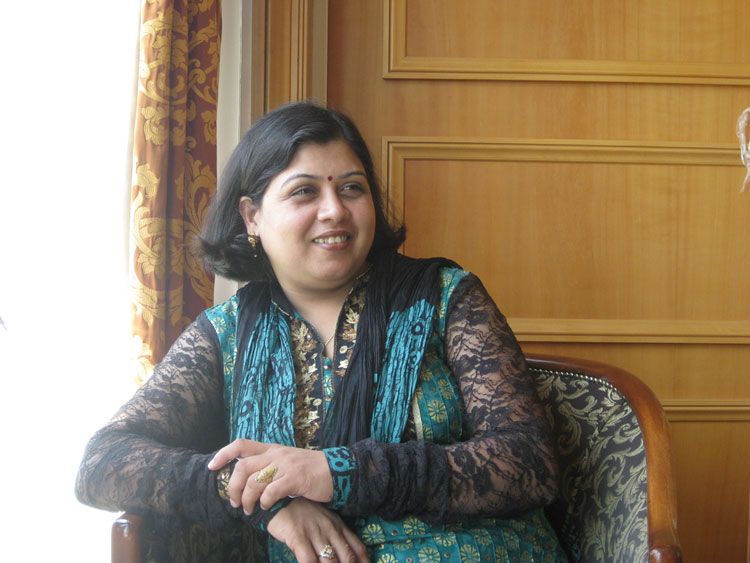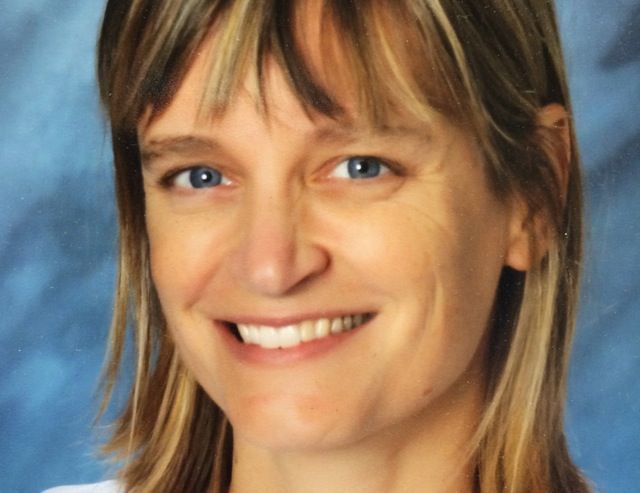 Frustrated at the lack of interest by the medical establishment in reducing the costs of diagnostic testing, and seeing almost no chance of getting the necessary research grants, Kanav Kahol returned home to New Delhi in 2011. He was a member of Arizona State Universitys department of biomedical informatics. Kahol had noted that despite the similarities between most medical devices in their computer displays and circuits, their packaging made them unduly complex and difficult for anyone but highly skilled practitioners to use. As well, they were incredibly expensive costing tens of thousands of dollars each.
Frustrated at the lack of interest by the medical establishment in reducing the costs of diagnostic testing, and seeing almost no chance of getting the necessary research grants, Kanav Kahol returned home to New Delhi in 2011. He was a member of Arizona State Universitys department of biomedical informatics. Kahol had noted that despite the similarities between most medical devices in their computer displays and circuits, their packaging made them unduly complex and difficult for anyone but highly skilled practitioners to use. As well, they were incredibly expensive costing tens of thousands of dollars each.
Kahol knew that the sensors in these devices were commonly available and inexpensive, usually costing only a few dollars. He believed that he could connect these to a common computer platform and use commercially available computer tablets to display diagnostic information, thereby dramatically reducing the cost of the medical equipment. He also wanted to repackage the sensor data to make them intelligible to technicians with just basic medical training the frontline health workers who do the tasks of physicians in parts of the world where physicians are in short supply.
Kahol and his Indian engineering team built a prototype of a device called theSwasthya Slate (which translates to Health Tablet) in less than three months, for a cost of $11,000. This used an off-the-shelf Android tablet and incorporated a four-lead ECG, medical thermometer, water-quality meter, and heart-rate monitor. They then enhanced this with a 12-lead ECG and sensors for blood pressure, blood sugar, heart rate, blood haemoglobin, and urine protein and glucose. In June 2012, they sent this device to 80 medical labs for testing, which reported that it was as accurate as the medical equipment they used but more suitable for use in remote and rural areas, because it was built for the rugged conditions there.
By January 2013, Kahols team had incorporated 33 diagnostic tests, including for HIV, syphilis, pulse oximetry, and troponin (relating to heart attack) into the Swasthya Slate and reduced its cost to $800 per unit. They also built a variety of artificial-intelligencebased apps for frontline health workers and started testing these in different parts of India.
According to reports that Kahol shared with me, in Muktsar Punjab, the number of antenatal care visits increased from 0.8 to 4.1 per mother after the Swasthya was deployed there. The blood-pressure and urine-protein sensors allowed for the diagnosis of a condition called preeclampsia, which is responsible for 15 percent of maternal mortality in India. A year earlier, only 250 mothers were screened for preeclampsia, and 10 were confirmed to be preeclampsic. Because the detection was very late in the pregnancy, eight of these mothers nevertheless passed away. After the introduction of the Swasthya Slate, 1,000 mothers were screened during their third trimester, of whom 120 were detected to have preeclampsia. All were given the necessary care, and there were no fatalities.
In March 2014, the Indian government started a pilot of 4,250 Swasthya Slates in six districts of the northern state of Jammu and Kashmir, which has a population of 2.5 million. Antenatal testing, which often took 14 days because mothers had to go from clinic to clinic for different diagnostic tests, was done in 45 minutes in a single clinic. The proportion of the time that frontline health workers spent on administrative paperwork, recording data from tests and filling out forms, was reduced from 54 percent to 8 percent of their work day. Hundreds of thousands of people gained access to medical care that had been unavailable to them.
Kahol believes that, in high volumes, the Swasthya Slate can be produced for as little as $150 per unit. This will surely make a difference in the developing world, where the ratio of doctors to patients is often as low as 1:50,000 instead of the 1:1,000 that the World Health Organization recommends. But it is needed in the United States as well.
Such health kits will allow doctors to diagnose and advise patients remotely, through telemedicine, which is enabled by using technologies such as Skype and Facetime. If patients can take regular tests in the comfort of their homes and upload data to the cloud, it will dramatically increase the quality of health care they receive and reduce its cost. Continuous monitoring of health data by artificial-intelligencebased apps will enable the prevention of disease, especially lifestyle disease such as diabetes and cardiovascular illness.
The Swasthya Slate is not FDA approved and may never be. The bureaucracy and time delays for testing sensor-based medical devices often discourage medical innovation in the United States. Instead, the device will have been tested by tens of millions of people abroad before finding its way to the United States. The results and data will speak for themselves.
These are the types of innovations that we will increasingly see from entrepreneurs from all over the world. They will take advantage of technologies such as computing, sensors, artificial intelligence, networks, and synthetic biology all of which are advancing at exponential rates and are available globally. The capabilities of these technologies are increasing as their prices fall. Our smartphones now have greater computing power than did the Cray supercomputers of yesteryear. Sensors such as accelerometers, gyroscopes, and blood-oxygen meters are now tiny microchips that cost pennies. These entrepreneurs will disrupt industriesnot only in their own countries, but also in the United States.
| About Author | |

|
Vivek Wadhwa is Vice President of Innovation and Research at Singularity University; Fellow, Arthur & Toni Rembe Rock Center for Corporate Governance, Stanford University; Director of Research at the Center for Entrepreneurship and Research Commercialization at the Pratt School of Engineering, Duke University; and distinguished visiting scholar, Halle Institute of Global Learning, Emory University. He is author of ”The Immigrant Exodus: Why America Is Losing the Global Race to Capture Entrepreneurial Talent”–which was named by The Economist as a Book of the Year of 2012. Wadhwa oversees the academic programs at Singularity University, which educates a select group of leaders about the exponentially growing technologies that are soon going to change our world. These advances—in fields such as robotics, A.I., computing, synthetic biology, 3D printing, medicine, and nanomaterials—are making it possible for small teams to do what was once possible only for governments and large corporations to do: solve the grand challenges in education, water, food, shelter, health, and security. |
Website: http://wadhwa.com/2014/11/18/this-indian-start-up-could-disrupt-health-care-with-its-powerful-and-affordable-diagnostic-machine/
Disclaimer: Please use this channel at your own discretion. These articles are contributed by our users. We are not responsible or liable for any problems related to the utilization of information of these articles.













